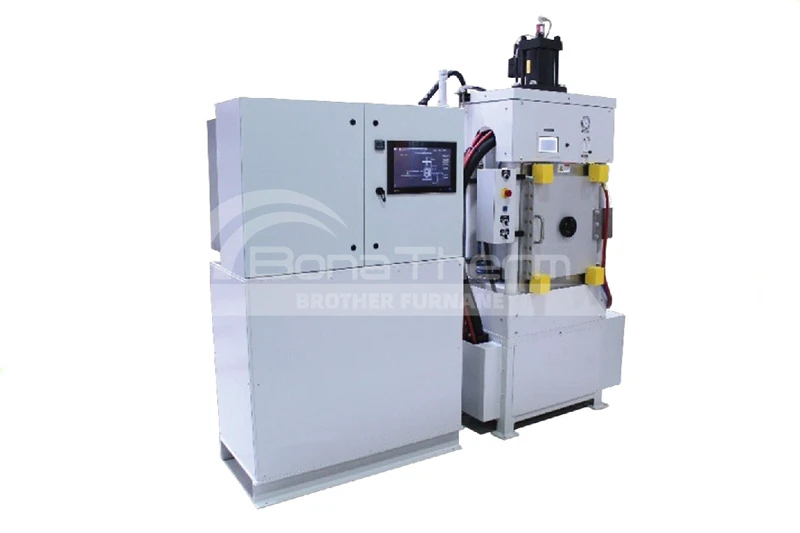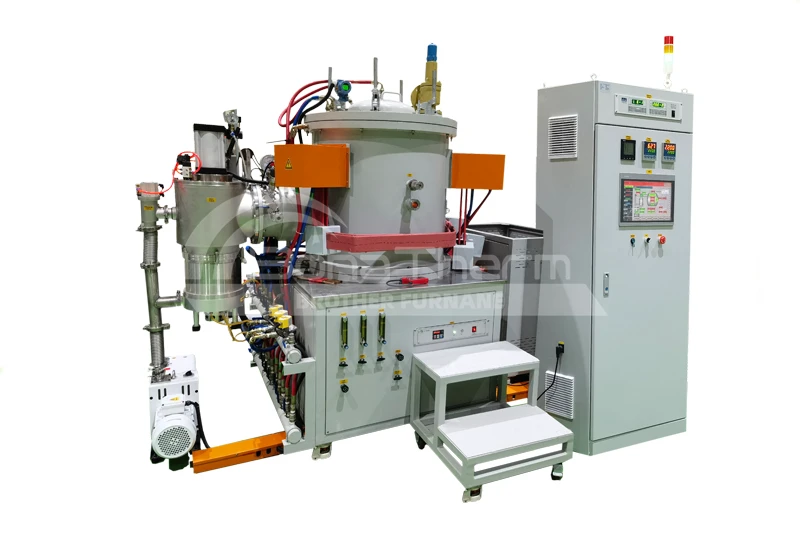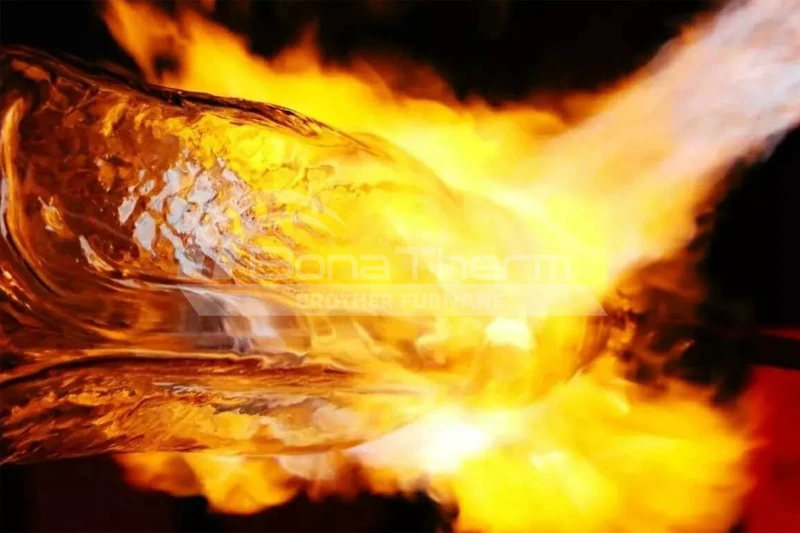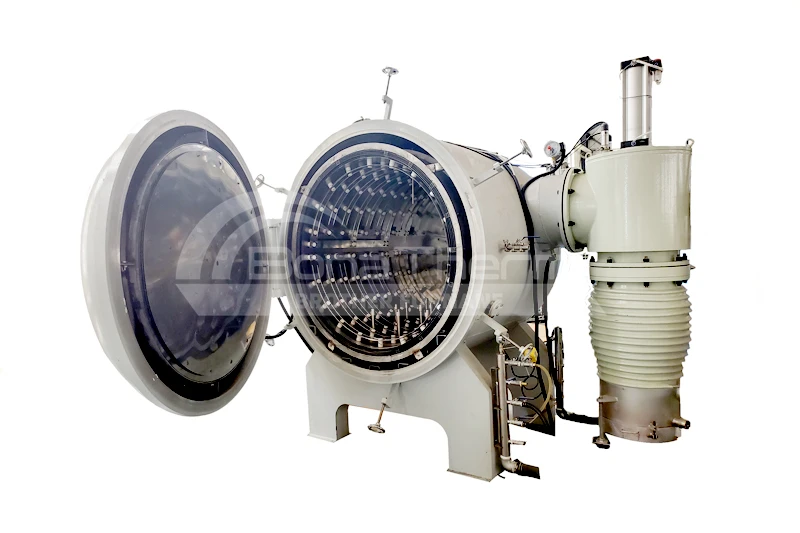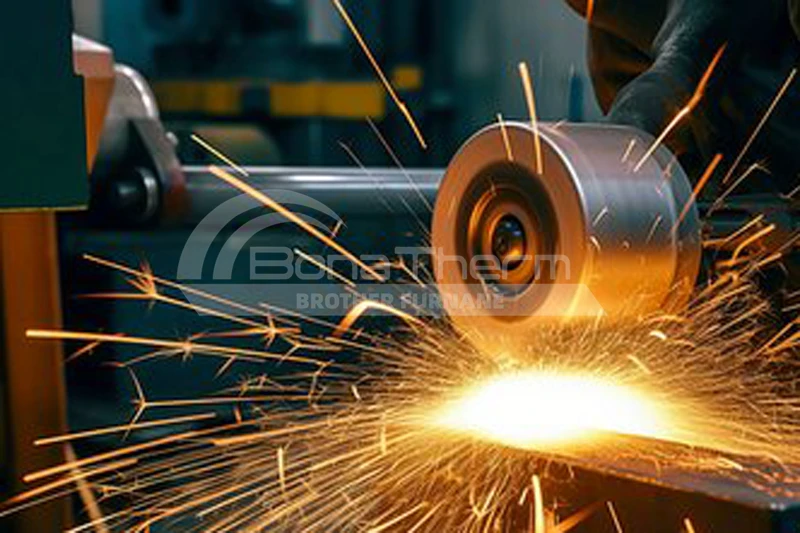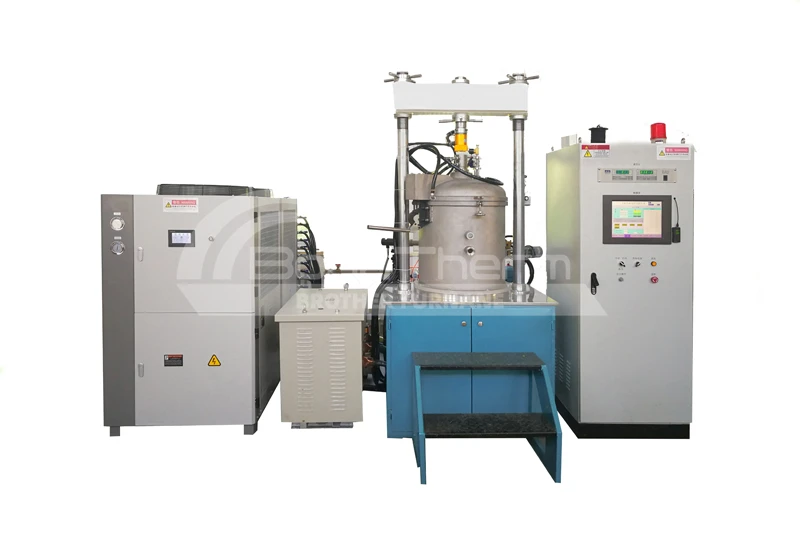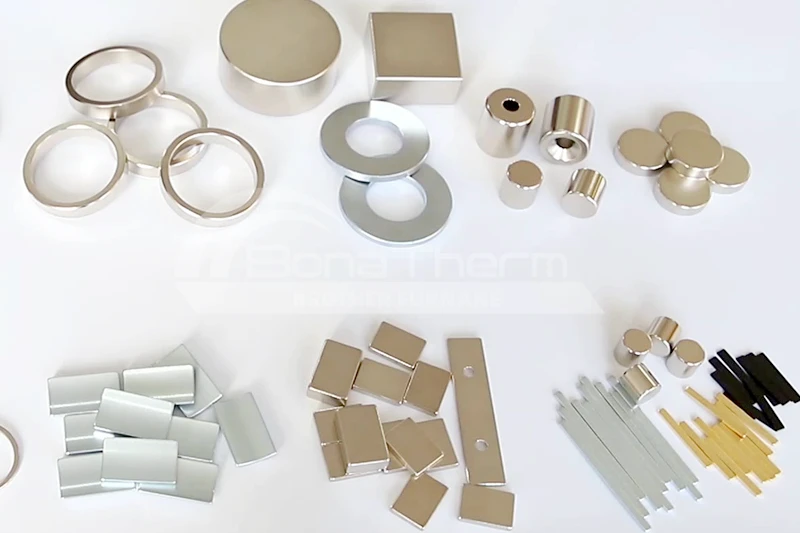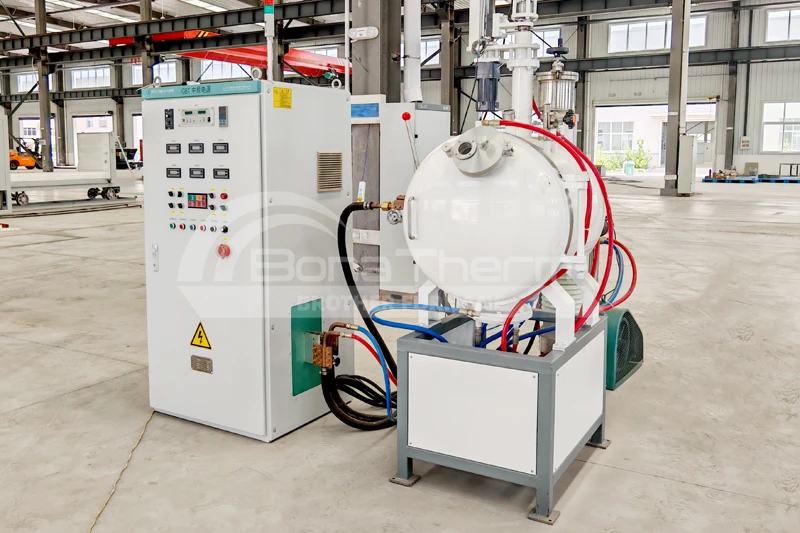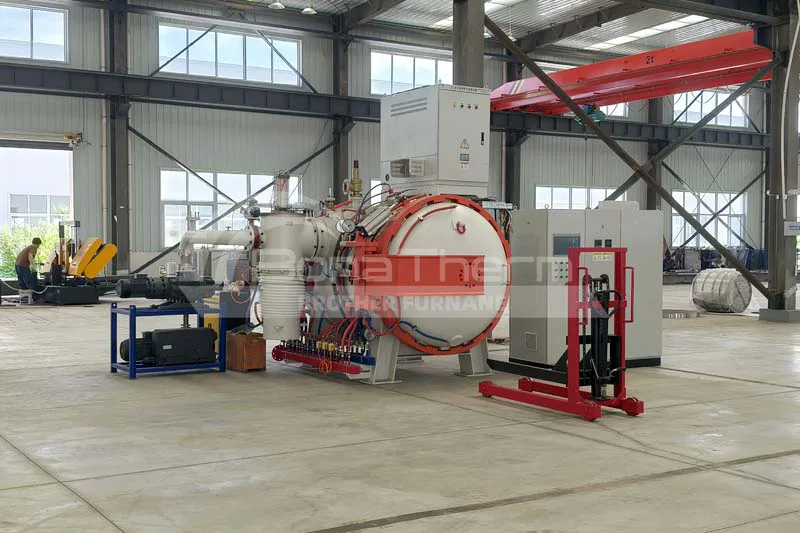-
Discharge Plasma Hot Press Furnace: An Advanced Sintering Furnace
In the ever-evolving landscape of industrial manufacturing, the quest for innovative technologies continues to drive advancements across various sectors. One such revolutionary development is the discharge plasma hot press furnace, a crucial tool that stands out for its unique capabilities in material processing. These furnaces play an essential role in industries ranging from aerospace to electronics, offering unparalleled efficiency and enhanced material properties. In this article, Brother Furnace will provide you with a detailed introduction of the discharge plasma hot press furnace to help you have a deeper understanding of this sintering furnace.
view detail -
Equipment for Ceramic Sintering: High-Temperature Vacuum Tungsten Furnaces
Ceramic sintering is an essential process in the manufacturing of ceramics, where heat and pressure are applied to transform ceramic powders into durable solid structures. The choice of equipment plays a crucial role in this process, directly affecting the quality and properties of the final product. High-temperature vacuum tungsten furnaces represent a cutting-edge solution for ceramic sintering, offering numerous advantages over traditional methods. With superior temperature control, enhanced material properties, energy efficiency, and reduced contamination, these furnaces are ideal for advanced ceramic manufacturing. In this article, Brother Furnace will delve into high-temperature vacuum tungsten furnaces, exploring their benefits and why they are increasingly favored in advanced ceramic sintering.
view detail -
The Differences Between Annealing and Tempering
In the intricate world of metallurgy and materials science, heat treatment processes are essential for tailoring metal properties to meet specific applications. Among these processes, understanding the distinctions between annealing vs tempering is crucial for production and experiment. This article will provide a thorough exploration of these two fundamental techniques, their processes, applications, and benefits. Brother Furnace hopes to help you gain a better understanding of these two heat-treating processes.
view detail -
How to Use an SPS Furnace
Spark plasma sintering (SPS) furnaces are at the forefront of advanced material processing, revolutionizing how we create high-performance components. These specialized machines use a unique method that combines electric current and mechanical pressure to densify powders into solid materials. For anyone considering the purchase or operation of an SPS furnace, understanding how to use this equipment effectively is crucial. This blog is a detailed guide to the operation of SPS furnaces and is aimed at laboratories and factories wishing to optimize their production processes and material properties.
view detail -
Which Atmospheres Can Be Used for Heat Treatment?
Heat treatment is a critical process in manufacturing, where heating and cooling are used to improve the properties and microstructure of materials. Whether in the automotive, aerospace, electronics, or medical industries, heat treating plays a key role in improving the strength, wear resistance, and other physical properties of materials. Choosing the right atmosphere for heat treatment can directly affect the quality and performance of the final product. In this article, Brother Furnace will introduce you to the various atmospheres commonly used in the heat treatment process, and analyze their characteristics, applicable scenarios, and corresponding advantages to help you make an informed choice.
view detail -
Professional Brazing Equipment: Vacuum Brazing Furnace
As a professional brazing equipment, vacuum brazing furnace has won wide recognition in many industries for its unique advantages. In the modern manufacturing industry, the brazing process is widely used in electronics, aerospace, and medical devices, etc., which has become a key technology for connecting different materials and enhancing product performance. As a company specializing in the manufacture of vacuum brazing furnaces, Brother Furnace is committed to providing efficient and reliable equipment to help customers stand out from the competition. This article will provide an in-depth introduction to the principles, advantages and applications of vacuum brazing furnaces, hoping to help you understand the specialized equipment for brazing.
view detail -
Vacuum Heat Treatment Furnace for Metalworking
A vacuum heat treatment furnace is a highly efficient and precise heat treatment equipment that can be used for metalworking, capable of handling a wide range of metal workpieces, including high-alloy steel, stainless steel, aluminum alloys, titanium alloys and so on. Especially in the fields of aerospace, automotive manufacturing, mold processing and precision instruments, high-temperature vacuum heat treatment furnace is suitable for the heat treatment needs of all kinds of metal and alloy materials. By heating in a vacuum environment, the vacuum heat treatment furnace can effectively avoid the oxidation, nitriding, and other problems common in the traditional heat treatment process, and significantly improve the mechanical properties and surface quality of the workpiece. Next, Brother Furnace will explore the various types of workpieces that can be processed in a vacuum heat-treating furnace and their specific applications to help you more fully understand the potential and advantag
view detail -
What Are the Differences Between Gas Quenching and Oil Quenching?
Gas quenching and oil quenching are two commonly used quenching methods. In the field of metal heat treatment, the quenching process is a critical part of ensuring material properties. Gas quenching and oil quenching each have unique advantages, disadvantages, and scope of application. The difference between the two not only affects the final properties of the metal but also determines which quenching equipment is selected for the process. In this article, as a professional vacuum quenching furnace manufacturer, Brother Furnace will delve into the key differences between gas quenching and oil quenching to help you understand which method is best suited for your production needs.
view detail
- Home
-
Vacuum Furnace
- Vacuum ceramic fiber chamber heat treatment furnace
- Vacuum stainless steel chamber brazing furnace
- Vacuum molybdenum chamber brazing furnace
- Vacuum cutting-tools brazing furnace
- Vacuum graphite carbon tube furnace
- Vacuum graphite furnace
- Vacuum tungsten furnace
- Vacuum atmosphere sintering furnace
- Vacuum Induction Melting Furnace
- SPS discharge plasma hot pressing furnace
- Vacuum hot-press sintering furnace
- Vacuum gas pressure sintering furnace
- Vacuum gas quenching furnace
- Vacuum oil quenching furnace
- Vacuum Brazing Furnace
- Solutions
- Blog
- CASE
- About us
- Contact us

